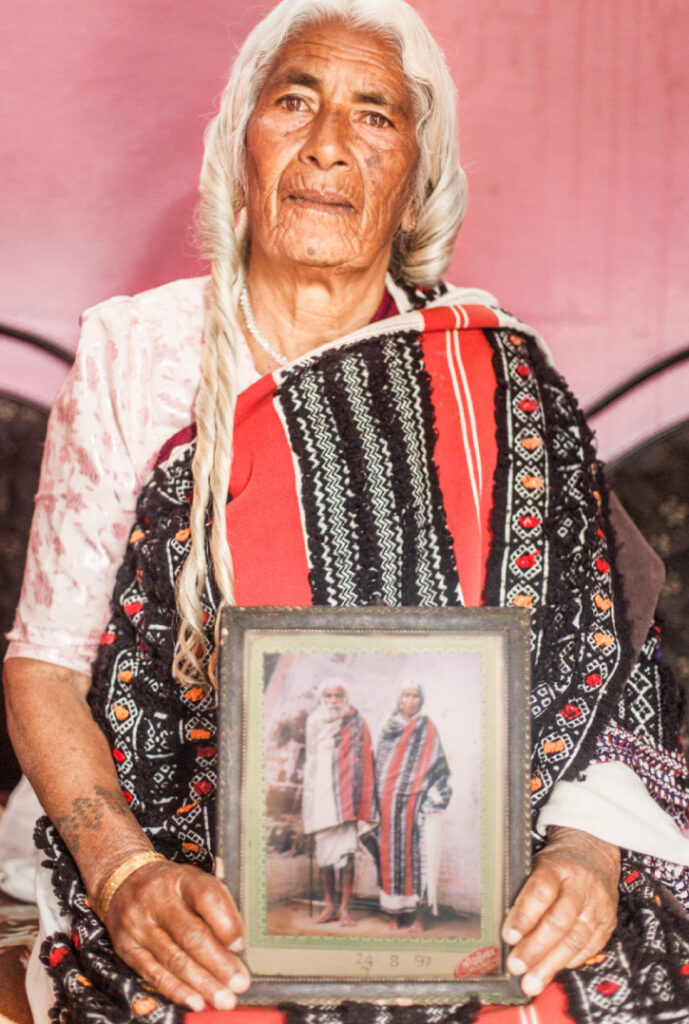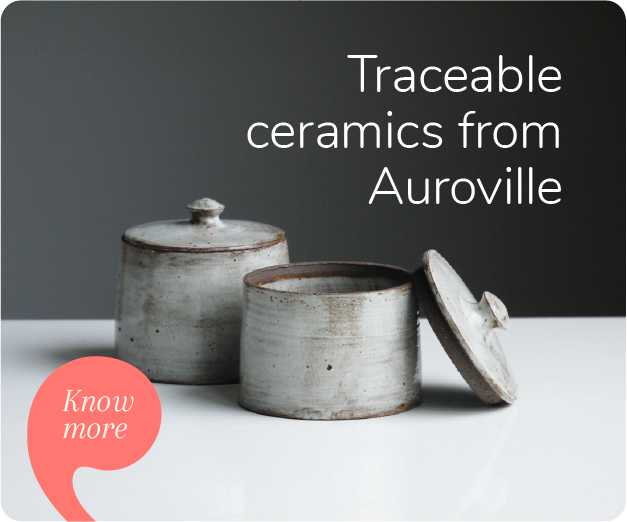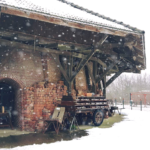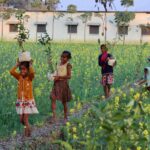Steep slopes. Lush forested foothills. Varying summits enveloped by clouds. Everything in a haze of blue. This is the Nilgiris, or the Blue Mountains, located in the Western Ghats of Tamil Nadu in southern India.
Rising over 2000 meters above the sea level, and extending north to south for nearly 1600 km along the western coast of peninsular India, the Western Ghats are home to over 30 percent of the country’s endemic flora and fauna and the principal rivers of southern India are born in the endemic Shola forests here. In September 1986, UNESCO constituted the Nilgiris ecosystem and its surrounding environments as the Nilgiri Biosphere Reserve — the area, located in one of the world’s ten biodiversity hotspots. Among the crashing rapids and quiet pools thrives an exceptional density of endemic species. Endangered species like the majestic lion-tailed macaque, the Nilgiri tahr, and the Nilgiri langur sit on treacherous ledges, looking down at some of the largest lakes in the region. The kurinji, a type of strobilanthes with purple-blue flowers, blossoms only once in 12 years on the upper slopes of the Nilgiris.

I forged a deep connection with the mountains as a child. As I grew up, I realised I was drawn to that particular quality of mountain light that suffused me with warmth and longing, a feeling I sought everywhere but found only in the mountains.

Several early associations combined with time spent in the mountains at a photography school, led to the capturing the place observing through photography. What started out as a photo series took a life of its own when I started meeting the indigenous people — eventually manifesting in a book, ‘Soul of the Nilgiris: A Journey through the Mountains’, published in 2018.

For the longest time up until the British opened up the hills for trade), the indigenous people in the upper Nilgiris had a symbiotic existence. They directly exchanged goods and services until the early twentieth century.
The main ethnic groups in the upper Nilgiris (the communities my study was focused on for this project) include the Aboriginals or Adivasis comprising the pastoral Todas – thought to be the most ancient, and the artisan Kotas. The agrarian, erudite Badagas – though not aboriginal – form the largest indigenous community in the Nilgiris. Adivasis and hunter-gatherer Kurumba are settled on both slopes reaching into the lower elevations, while the Irulas, are mainly found in the lower slopes and plains. There are several other Adivasi groups including those inhabiting the Wayanad side of the Nilgiri Biosphere Reserve reaching well into the plains. For the longest time (up until the British opened up the hills for trade), the indigenous people in the upper Nilgiris had a symbiotic existence. They directly exchanged goods and services until the early twentieth century. Several socio-cultural layers and divides determined the barter, but the cornerstone of the system was a keen understanding of the natural world. The native ecological cycles dictated how much could be taken, sown, reaped, or exchanged.

As I acquainted myself with the Adivasis, I was deeply affected by how the elders, the repository of indigenous knowledge, stored through observation/ participation and generational transmission, still strove to live in synchronicity with the ways of the mountains, harmonising respectfully with their lands upon which their livelihoods depended, notwithstanding how profoundly climate and socio-cultural changes have continued to alter the seasonal cycles and lifestyles over the past decades.
Indigenous legends and folklore are ways of passing on ecological wisdom. By adapting to the constantly changing patterns of weather and seasonal cycles, the native elders have long been able to predict the weather. For a long time, Toda elders predicted the onset of the monsoon with stunning accuracy.
Mutsin (now deceased), an elder from the Toda community, who I met through the Toda scholar, Dr Tarun Chhabra, and came to know closely, over the years, once said to me that even though the water was not a scarce resource, they prayed for timely rainfall. But now, there are such fundamental shifts in seasonal cycles that they pray for any rain that might come.

The old ways were not simply cultural constructs, but served a more practical purpose: they enabled man to live harmoniously with nature. Tales and legends set in the forests and on mountain peaks are not just windows into the cultural soul of a place, they are also pathways into the heart of the landscape. They provide insights into the local ecology that can, in turn, lead to preservation. The Toda built their barrel-vaulted home using wild grasses and rattan cane procured from the grasslands. They believe that their distinctive homes were inspired by a peculiar barrel-shaped rainbow that appeared in the Nilgiri skies. The Todas, who have extensive ethnobotanical knowledge about the upper Nilgiris, practised a grass-burning ritual for centuries. They would consciously set a controlled fire to select areas of the grassland at specific times in a year. The fire was set by creating friction with dry sticks obtained only from a particular species of a Shola tree from the Lauraceae family known as Keizsh in Toda. This practice encouraged a healthier regeneration of wild grasses vital to their sacred buffaloes as well as the health of the Shola-grassland complexes.



“The honey-gathering Kurumbas and Irulas maintain that honey can be harvested only at specific times in a year. Harvest quotas are restricted based on the ecological health of the region in the given season. Once again, these understandings, passed down generations over thousands of years, are embedded in the songs and stories of honey gatherers. Even bees can be read through such folklore, and bee activity, as is widely understood, is an important ecological health indicator.
“She firmly believed the one way it could be mitigated was if the continued transmission of knowledge from the elders could be imbibed by the generic mainstream education.”
Mutsin and I would mull on how the gradual erosion of such indigenous legacy knowledge and wisdom we were witnessing will have far-reaching effects on the sociological and ecological balance of the entire region. She firmly believed the one way it could be mitigated was if the continued transmission of knowledge from the elders could be imbibed by the generic mainstream education.
As the book started to concretise in its format, I started to invite the community members to participate in its making. We worked together on pulling many parts and pieces together. A very interesting attempt in this direction was engaging around 20 women artisans from the Toda community to create the hand-embroidered spine over 2 years for over 1000 books. This was a long-drawn, difficult project: We spent a few months just getting the size right. It also gave me the opportunity to learn deeply a lot about the craft, fabric, thread counting and so on. I also got to learn a little more about the real lives of these hardworking women”



While I may have been the messenger, the soul of this book belongs to the indigenous communities of the Nilgiris. All the proceeds will be channelled back to the indigenous communities via the Kotagiri-based Keystone Foundation (which works on eco-development initiatives with indigenous communities).

“So, one meaningful way to show support is to volunteer your travel time or resources with a welfare body in the area workin with the communities.”
I am often asked if someone would like to support these communities, and what are some ways to do so. I don’t want to sound like a cynic but I feel ‘awareness’ by itself doesn’t do much to benefit the communities in a tangible, constructive way unless, of course, there is sustained effort in understanding specific issues, and acting on them – even if in a small way. Big changes can only happen at a policy level conjunctly with the initiatives driven by non-profits and welfare organisations in these areas, who do the real work with the communities on ground. So, one meaningful way to show support is to volunteer your travel time or resources with a welfare body in the area working with the communities. Keystone Foundation, for instance, has opportunities to volunteer under their different themes for those truly interested.


The stories, knowledge, and world views of indigenous people answer urgent questions about long-term sustenance, not only of the ethnic communities but the world at large. We could start by learning from them by opening ourselves to other ways of living, and alternative ways of seeing the world.











